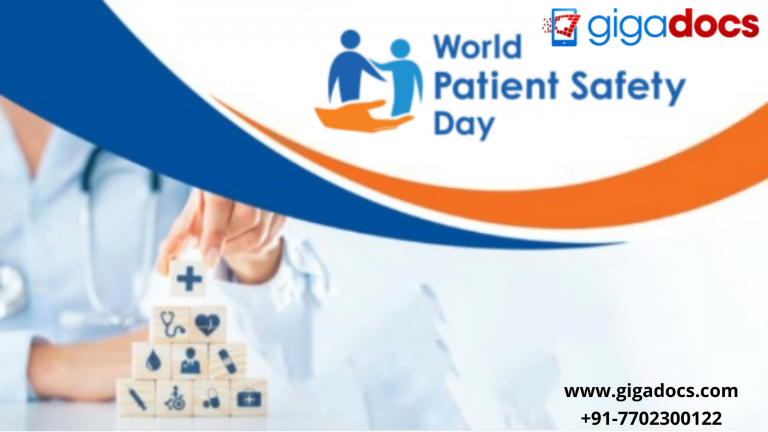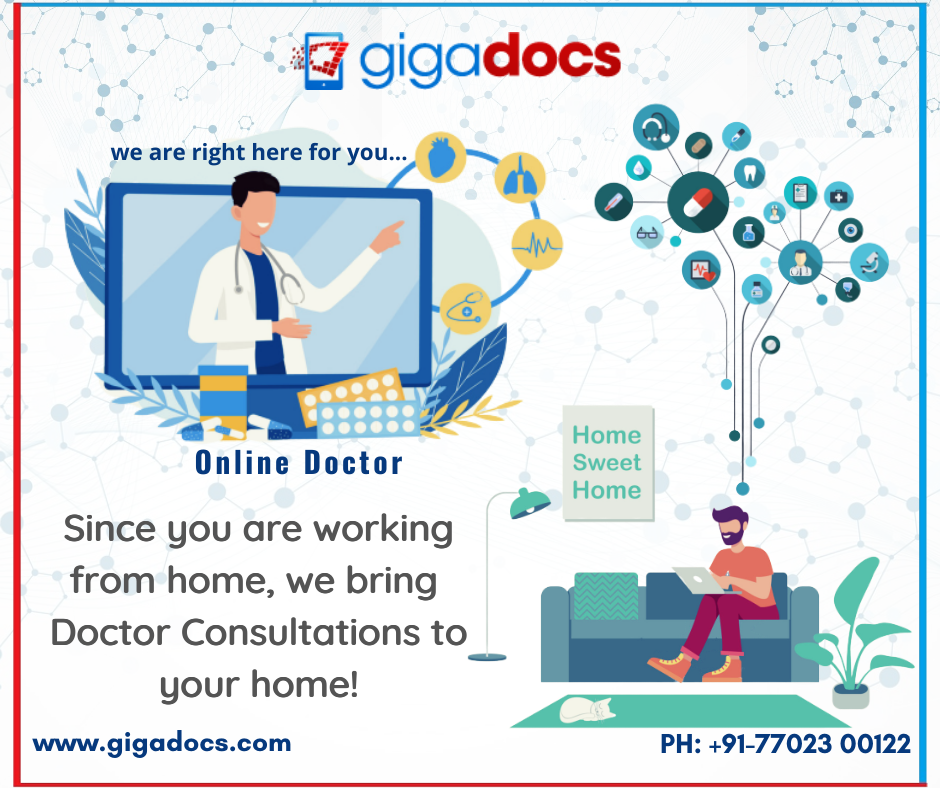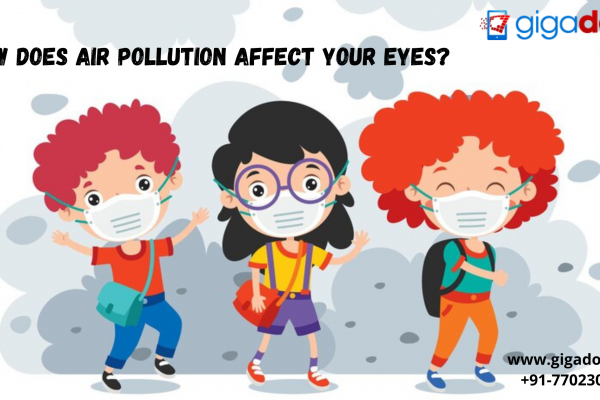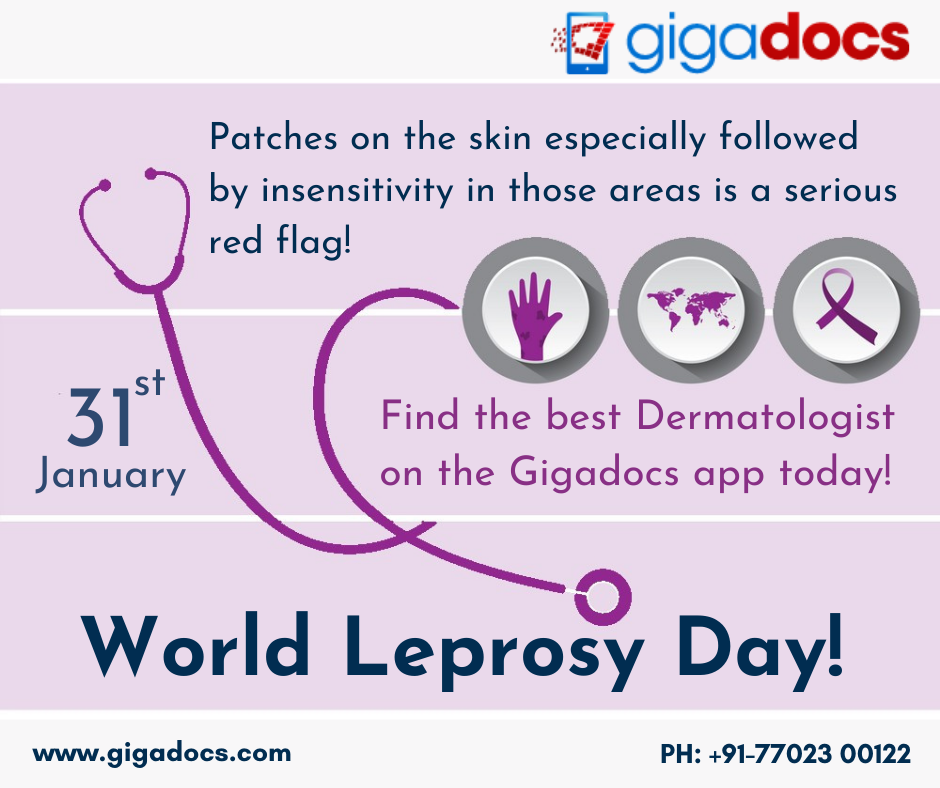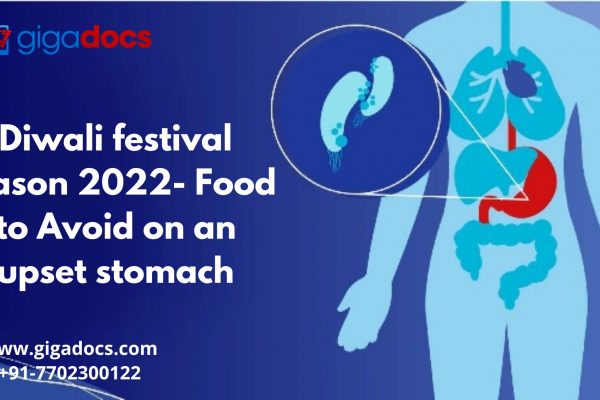A hospital is synonymous with patient safety. However, the same place can be life-threatening at the same time. Each step in the patient care process is essential towards recovery. This aspect of patient safety emphasizes the importance of preventing harm to patients caused by the health process itself. No one should be harmed while availing healthcare in a hospital or a medical facility. Patient safety has become a significant global public health issue, especially during the Covid pandemic, when the chances of hospital-acquired infections (HAI) are at the highest.
There is a one-in-a-million chance of getting hurt when flying. In comparison, a patient has a one in three hundred probability of being harmed while receiving medical care. In contrast to health care, businesses with a higher level of risk, such as airlines and dealing with radioactive elements, have a substantially better record with it comes to safety.
Improving patient safety entails lowering patient risk. Let’s take a look at some of the points accounted by the WHO towards patient safety-
- Administrative mistakes are responsible for up to half of all medical errors in primary care.
- Medical mistakes happen between 5 and 80 times per 100,000 consultations in primary care. Administrative errors connected with the systems and processes of providing care are the most commonly reported error in primary care. Administrative errors are estimated to account for 5 to 50% of all patient harm in primary care.
- Patient harm is the 14th most significant contributor to global illness burden, ranking alongside tuberculosis and malaria.
- Around 421 million hospitalizations occur worldwide each year, with roughly 42.7 million cases of adversaries reported in patients during these hospitalizations based on conservative estimates.
- One out of every ten patients are harmed while in the hospital.
- A variety of occurrences can cause harm during hospitalization treatment, with approximately half of them preventable. A survey conducted in 26 low- and middle-income countries (LMIC) on the incidence and preventability of adverse events arising from medical settings shows worrying results. The rate of adverse events in Medicare settings was roughly 8%, with 83% avoidable and 30% resulting in death. LMICs account for almost two-thirds of all adverse events in hospitalization admissions.
- Medication misuse kills millions and costs billions of dollars each year.
- Globally, the cost of drug errors results in a loss of about a whopping US$ 42 billion per year, not including missed pay, productivity, or healthcare costs. This equates to about 1% of worldwide health expenditure. Medication errors occur when insufficient medication procedures and/or human variables such as exhaustion and stress cause significant injury, incapacity, or even death.
- 15% of healthcare expenditure is spent dealing with all aspects of adverse occurrences in a medical setting.
- According to studies, adverse events account for 15% of overall hospital operations and expenses in OECD countries, with pressure ulcers, infections, venous thromboembolism has proven to be the costliest. It is estimated that the total cost of harm in these countries is in trillions of dollars per year.
- 14 out of every 100 individuals admitted to a hospital get an infection.
- Healthcare-associated infections (HAIs) impact hundreds of millions of people globally each year, affecting 7 out of every 100 hospitalized patients in high-income nations and 10 out of every 100 in low- and middle-income countries. Every year, approximately 3.2 million patients in the European Union are infected with HAIs, with 37 000 dying as a direct result. Simple and low-cost infection prevention and control interventions, such as proper hand hygiene, can reduce the occurrence of HAIs by more than half.
- Surgical complications claim the lives of about one million patients each year.
- According to WHO findings, surgery continues to result in high morbidity and mortality rates worldwide, with at least 7 million people enduring debilitating surgical complications each year, of which more than 1 million are fatal. Although perioperative and anesthetic-related death rates have steadily dropped over the last 50 years, due in part to efforts to improve patient safety in the operating room, they are still two to three times higher in low- and middle-income nations than in high-income countries.
Types of Medical Errors
It is estimated that 421 million hospitalizations occur worldwide each year, with roughly 42.7 million adverse events occurring in patients during these hospitalizations. According to the most recent data, patient injury is the 14th biggest cause of morbidity and mortality worldwide, based on conservative estimates.
- Diagnostic Errors: These include incorrect diagnoses, missed or unintentionally delayed diagnoses.
- Infections in Hospital Care: This is an error that occurs during the hospitalization of a patient.
- Medication errors: Occur when a patient receives the incorrect medication or the correct prescription but in the wrong dosage.
- Surgery in the Wrong Spot: When surgery goes wrong, the wrong body part or the wrong person is operated on.
- Miscommunication: Effective communication between hospital personnel, patients, and doctors are missing.
World Patient Safety Day
We must have trust in our medical staff and processes. World Patient Safety Day is observed to make us feel more comfortable in our medical settings. 9th December commemorates World Patient Safety Day. This year on WPS Day, the focus is on spreading awareness about unsafe healthcare. It is also a day when we remember friends or relatives who have died or suffered tragic consequences as a result of medical error. Though the possibility of an acquired healthcare infection persists, if we as responsible citizens involve ourselves as much as possible in our treatment, we can collectively lessen this risk and help limit similar unfortunate errors for others in the future.
What Can We Do for Our Safety?
- Assist administrative workers by assuring that all of your personal information in the record is correct, to the best of their knowledge, including any allergies you have and your healthcare history.
- Be vigilant with your diagnosis, and if you don’t understand something, ask questions. Bring friends or family if you are unsure whether you can understand the doctor’s analysis.
- Don’t be scared to get second opinions on medical issues. Contact another doctor if you are unsure about your diagnosis.
- Please inquire with your doctor about the upsides and downsides of the medical procedures they have recommended.
How can Gigadocs Help?
Gigadocs healthcare app assures that you get the best healthcare services at your fingertips. Download the Gigadocs app and avail of digital health consultation at a time convenient to you from the privacy of your home. Discuss the winter allergies, dryness, and seasonal flu symptoms with expert doctors, only on the Gigadocs app. Download the Gigadocs app from-
Download the Gigadocs app from-
- IOS App – apple.co/2W2iG4V
- Android App – bit.ly/33AQoRC
To know more and schedule a Virtual Consultation demo, e-mail, at info@gigadocs.com
